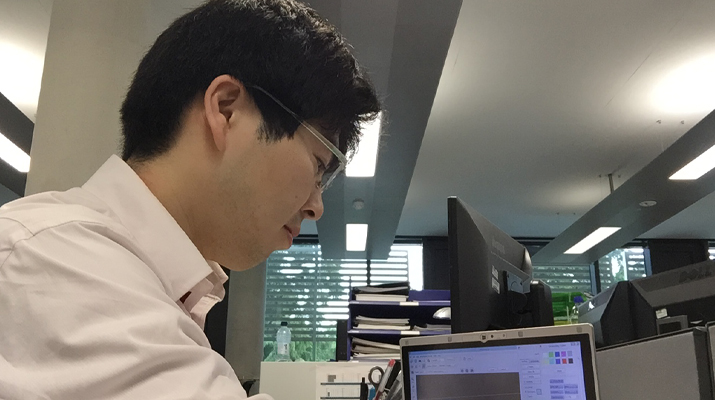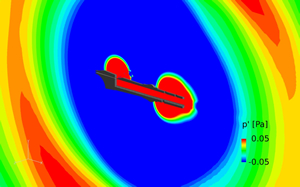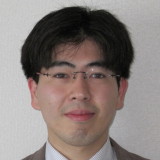
ここからコンテンツです。

World first prediction of the sound radiating from a recorder
Super-computer simulations explore how an air-reed instrument generates air flow and sound By Hiroshi Yokoyama
Hiroshi Yokoyama and his colleagues have achieved a world first, in accurately predicting the sound radiating from a recorder. The calculations for this study took two weeks using about 100 nodes of supercomputers. The findings will contribute to the proposal for new designs of musical instruments which are easy-to-play or totally new musical instruments.

Hiroshi Yokoyama and his colleagues at Department of Mechanical Engineering, Toyohashi University of Technology, in collaboration with researchers at YAMAHA Corporation, have achieved a world first, in accurately predicting the sound radiating from a recorder. (Figure 1, Movie 1). The calculations for this study took two weeks using about 100 nodes of supercomputers (FX10 in Tokyo University or Kyushu University). It was a huge computational cost.
In air-reed instruments such as a recorder, the flow velocity fluctuates according to the blowing of the performer. These fluctuations generate sound (pressure and density fluctuations). It had been understood that a small change in the shape or material of the instruments could critically affect the ease of playing or how a performer felt during performance. However, the detailed relationship between the shape or material and the sound had not been clarified, and the reason why they affected the tones was unknown.
However, by these predicted results, we can now understand the way that sound radiates from flows in the recorder. Moreover, the way the sound is propagated to the far field (performer's ears or audience) around the recorder was also clarified (Movie 2). These results can contribute to the evolution of the design of future musical instruments.
Everyone knows that the instrument radiates sound when we blow it. However, the complex flow and sound phenomena had previously been hidden. In your childhood, did you find it difficult to resonate the lowest "do" in music classes? In the future, we can clarify the effects of the shape of instruments on tones clearly using computers. I believe that it will become possible to propose a new design of musical instrument which is easier-to-play, or even to invent new musical instruments.
Reference
- Yokoyama, H., Kobayashi, M., Onitsuka, H., Miki, A., and Iida, A. (2014). Direct numerical simulation of flow and acoustic fields around an air-reed instrument with tone holes. 43rd International Congress on Noise Control Engineering (inter.noise 2014), November 16-19, 2014.
- Yokoyama, H., Miki, A., Onitsuka, H., and Iida, A. (2015). Direct numerical simulation of fluid-acoustic interactions in a recorder with tone holes, The Journal of the Acoustical Society of America, in press.
Researcher Profile

| Name | Hiroshi Yokoyama |
|---|---|
| Affiliation | Department of Mechanical Engineering |
| Title | Assistant Professor |
| Fields of Research | Fluid dynamics, Aeroacoustics, Computational Fluid Dynamics, Turbulence Engineering |
ここでコンテンツ終わりです。
